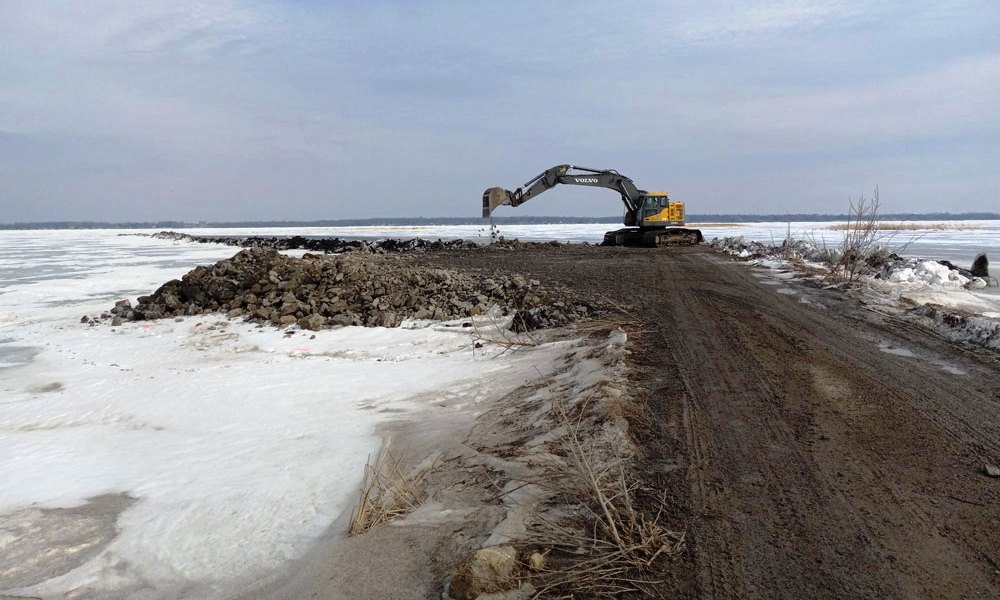In Wisconsin, the Winnebago Waterways Program run by the Fox-Wolf Watershed Alliance (FWWA) facilitates regional coordination and implementation of restoration and recovery efforts for the four Winnebago Lakes and surrounding watersheds.
Program efforts are guided by the Winnebago Waterways Lake Management Plan.
The Winnebago Waterways program actively engages watershed residents in efforts to improve, protect and enjoy the lakes, rivers and streams in the Winnebago System.
To improve water quality in the lakes, significant restoration and conservation efforts are needed in the 32 surrounding watersheds referred to as the Winnebago Waterways Recovery Area (WWRA). This area covers approximately 1200 square miles in Wisconsin.
Bringing partner organizations & individuals together toward a common goal.
The Winnebago Waterways program works collaboratively with stakeholders of all types—elected officials, government agencies, county land conservation departments, municipalities, landowners, and community members—to work toward water quality improvement goals for the Winnebago System.
The work being done by partners and the program is diverse.
Here are just a few examples of the types of project FWWA is advancing:
1) Agricultural Conservation
Runoff from the land is the largest source of extra sediment and nutrients (that cause algae blooms) in our waters. FWWA works with farmers, County Land & Water Conservation Departments, and state/federal agencies to improve the health of our land by installing conservation practices on agricultural fields. These practices, such as cover crops, reduce runoff and nutrient pollution. An example of this is our Pipe Creek Farmer Champions project. We also host events for farmers – like the FWWA Annual Farmer Roundtable for farmers to learn from each other.
2) Shoreline Restoration
Because of the proximity to the water, shoreline properties have a direct impact on the health of the waterways. Best management practices such as native plant buffers and rain gardens can reduce the amount of water runoff and pollution that enters our lakes and rivers. These types of practices also provide beneficial habitat for a variety of animals including pollinators. Managing shoreline properties through a conservation lens can benefit the lakes for generations.
3) In-Lake Restoration
Because our lakes are large and shallow, the sediment and nutrients that have settled to the bottom of the lakes from decades of pollution are churned up when it is windy. This causes the lakes themselves to be a source of extra nutrients that feed harmful algal blooms. Reducing wave energy and stabilizing lake sediment are key pieces of the restoration puzzle.
This can be done by restoring a healthy amount of aquatic plants through water level management. FWWA works on this by facilitating the Winnebago Water Level Assessment Team, a diverse stakeholder group that develops and submits water level management recommendations to the US Army Corps of Engineers. They also work with local clubs, County Land & Water Conservation Departments, and the DNR to install breakwalls in the Lakes.
An example of a current project is the Terrell’s Island and Samers Bay breakwall restoration on Lake Butte des Morts.
Great work is being done to ensure clean water for the future generations, quality of life for the residents in the Winnebago System, and opportunities for business, tourism, and recreation. Business owners, farmers, developers, residents, public servants and elected officials all have a role in helping to restore the health of local waterways.
Photo of Terrell’s Island restoration work courtesy of FWWA.
Learn about FWWA’s Healthy Lakes grant opportunities for shoreline property owners.

